
KINGREAL UNIVERSAL IND., LTD
Phone
+86-13702855825| 1 | What is Gas-assisted Injection Molding? |
| 2 | How Does Gas-assisted Injection Molding Work? |
| 3 | Advantages of Gas-assist Injection Molding |
| 4 | Characteristics of Gas-assisted Injection Molding |
| 5 | Cost Advantages of Gas-assist Injection Molding |
1.What is Gas-assisted Injection Molding?
Gas-assisted injection molding is a new type of plastic injection molding that has emerged since the 1990s. It uses high-pressure inert gas to push the melt to fill the cavity, and through gas pressure maintenance, a hollow section is formed inside the thick wall of the plastic part, which can reduce the clamping force, improve production efficiency, and eliminate shrinkage marks on the surface of the plastic part. It is for plastic parts with uneven wall thickness that cannot be injected once, and for the processing of plastic products such as automobiles and home appliances. It has opened up a new application field and is known as an epoch-making revolutionary technology in the Gas-assist Injection Molding process. Gas-assisted Injection Molding originated in the early 1980s. In 1983, the British used structural foam molding to manufacture machine room decoration materials, and derived the "Cinpress" process to control internal pressure, that is, the gas-assisted process. After being exhibited at the German International Plastics Machinery Exhibition in 1986, it was soon called a new technology with far-reaching significance in the field of injection molding. The Gas-assist Injection Molding technology was gradually commercialized in the 1990s. | 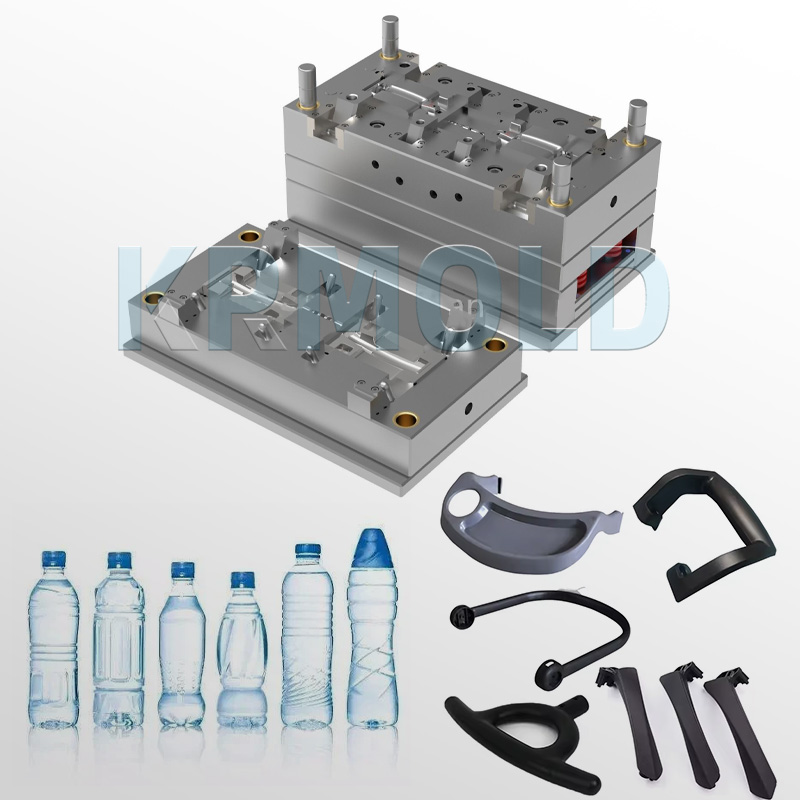 |
2.How Does Gas-assisted Injection Molding Work?
1
Melt short shot
The plastic melt is injected into the cavity, and the melt occupies 60% to 95% of the cavity. The actual pre-injection volume varies from product to product and is determined by CAE analysis and process tests.
2
Gas injection
High-pressure inert gas (usually nitrogen) is injected into the core of the melt. The melt flow front continues to flow forward under the impetus of the high-pressure gas and eventually fills the entire cavity. The high-pressure gas forms a hollow section inside the part.
3
Gas pressure holding
The gas maintains a certain pressure so that the part gradually cools under uniform pressure holding. In this stage, the gas applies pressure from the inside to the outside to ensure that the outer surface of the product is close to the mold wall; and through the secondary penetration of the gas, the volume shrinkage caused by the cooling and solidification of the melt is supplemented from the inside. Gas pressure holding generally includes two stages: high-pressure pressure holding and low-pressure pressure holding.
4
Gas discharge and part ejection
After pressure-maintaining cooling, the part has high enough rigidity and strength, and then the gas is discharged; a part of the gas can be reused by using a recovery device, and the rest is discharged into the atmosphere. The part is further cooled and then ejected.
3.Advantages of Gas-assist Injection Molding
⚪ Reduce the residual stress of the product and reduce warping deformation;
⚪ Eliminate the surface shrinkage problem of the product;
⚪ Reduce the clamping force requirements of the Gas-assist Injection Molding machine, which can be reduced by 40%~60%;
⚪ Increase the life of the Gas-assisted Injection Molding machine;
⚪ Introduce plastic raw materials without changing the product size, which can reach 20%~40%;
⚪ Shorten the Gas-assist Injection Molding cycle, which can reach 30%;
⚪ Reduce the pressure in the mold and reduce the wear on the mold;
⚪ Simplify product design;
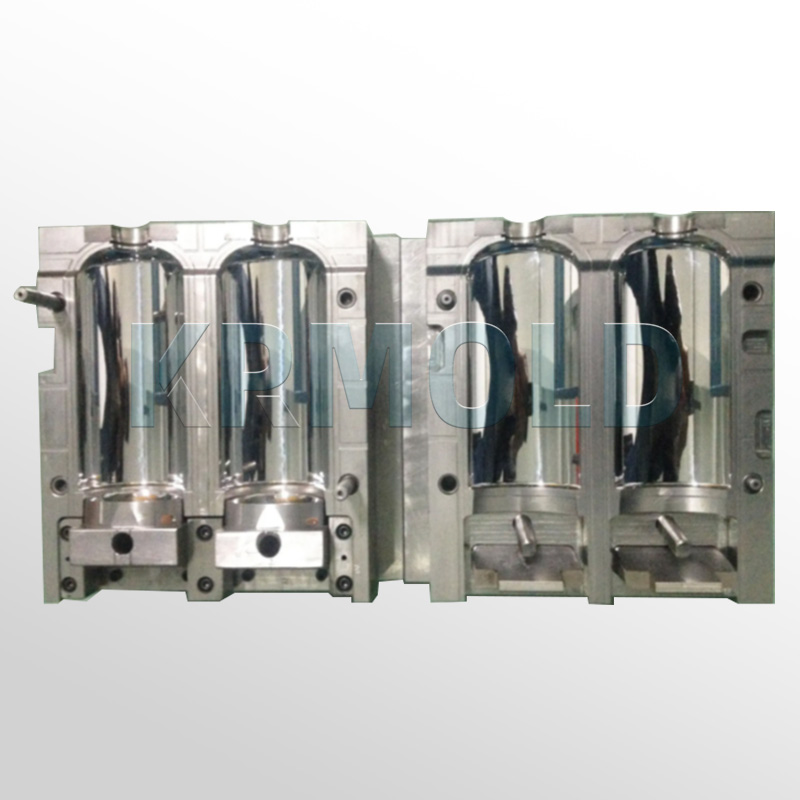
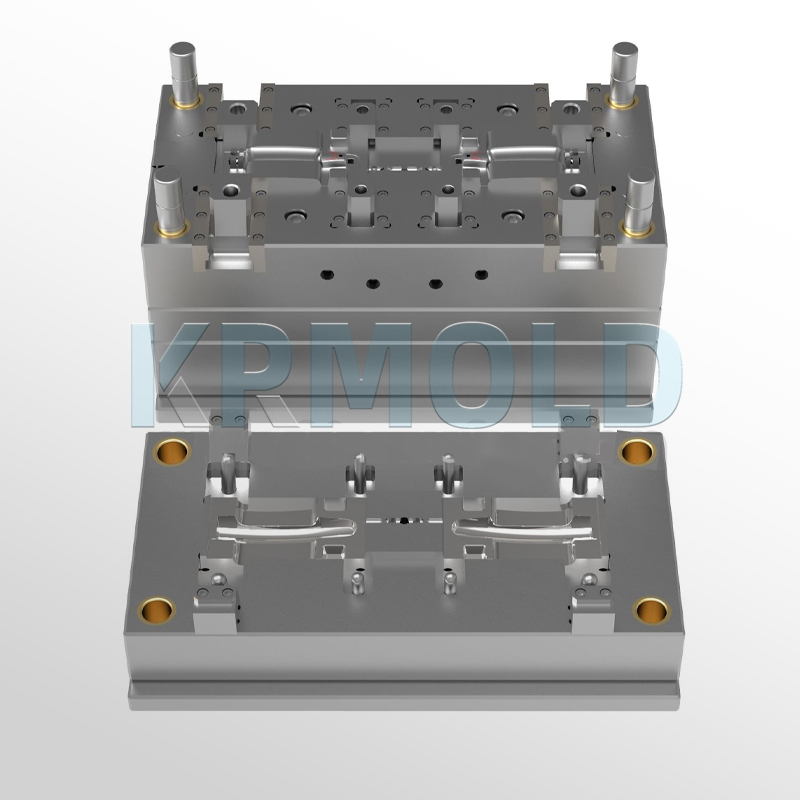
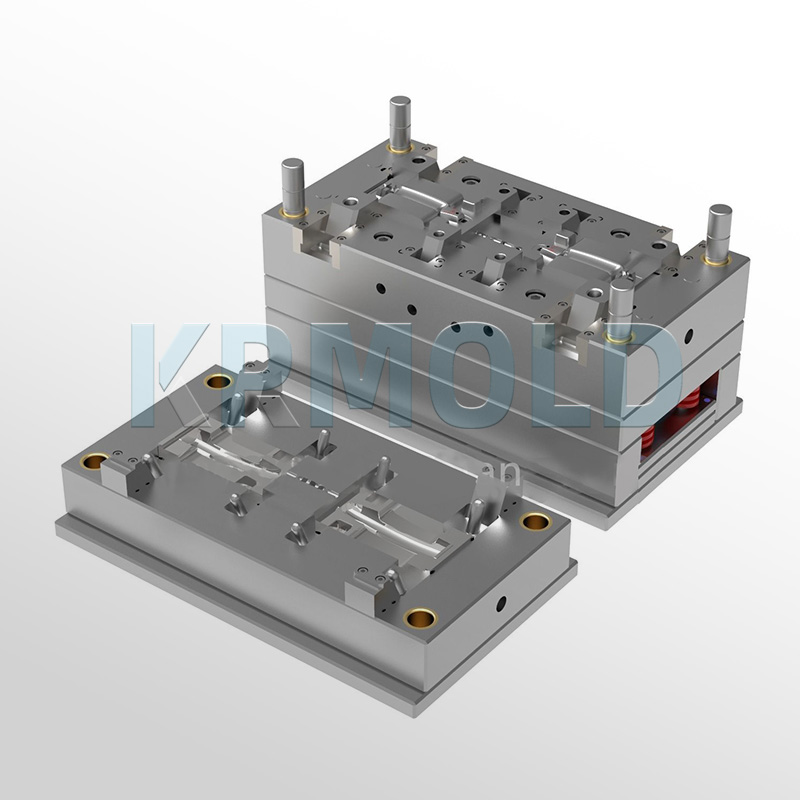 Product Title
Product Title4.Characteristics of Gas-assisted Injection Molding
| Gas-assisted injection moldingparts are difficult to process with traditional injection molding technology because of the large residual stress of the parts, easy warping deformation, and shrinkage marks on the surface. However, due to the action of chemical foaming agents, bubbles are formed inside the plastic parts in structural foaming technology, and air pockets are easily formed on the surface of the parts. Decorative parts made by this process need to be sprayed. Gas-assist Injection Molding is developed on the basis of traditional injection molding and structural foaming molding. It combines the advantages of both: using high-pressure nitrogen, the inside of the thick wall of the injection molded part can be hollowed out to form a hollow section inside the plastic part; through gas pressure maintenance, it not only promotes melt filling and eliminates shrinkage marks on the surface of the part, but also avoids the disadvantage of spraying the surface of structural foam parts, which can significantly reduce costs and ensure good Gas-assisted Injection Molding quality. | 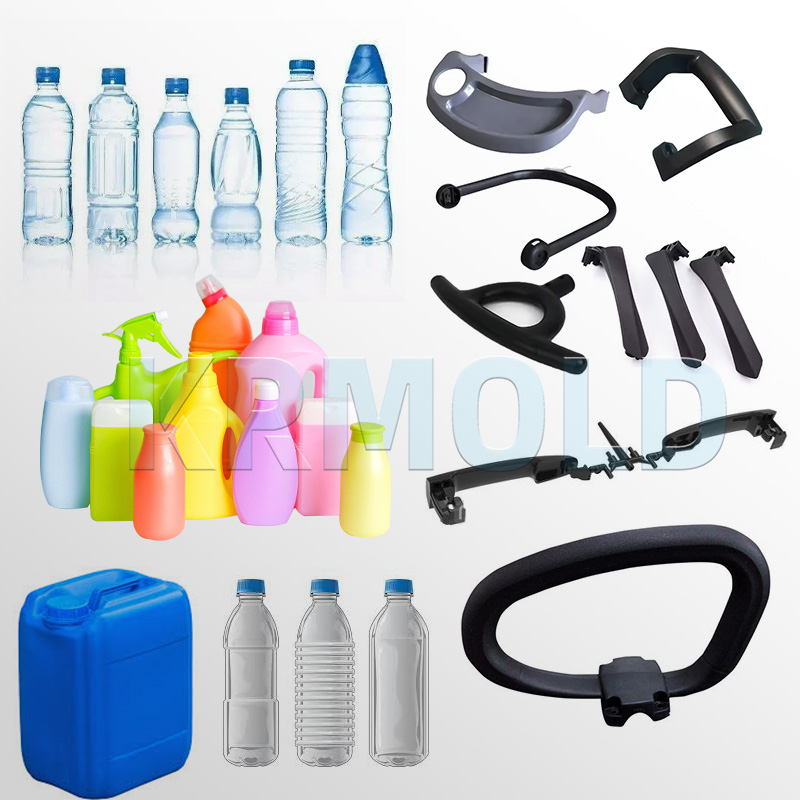 |
5.Cost Advantages of Gas-assist Injection Molding
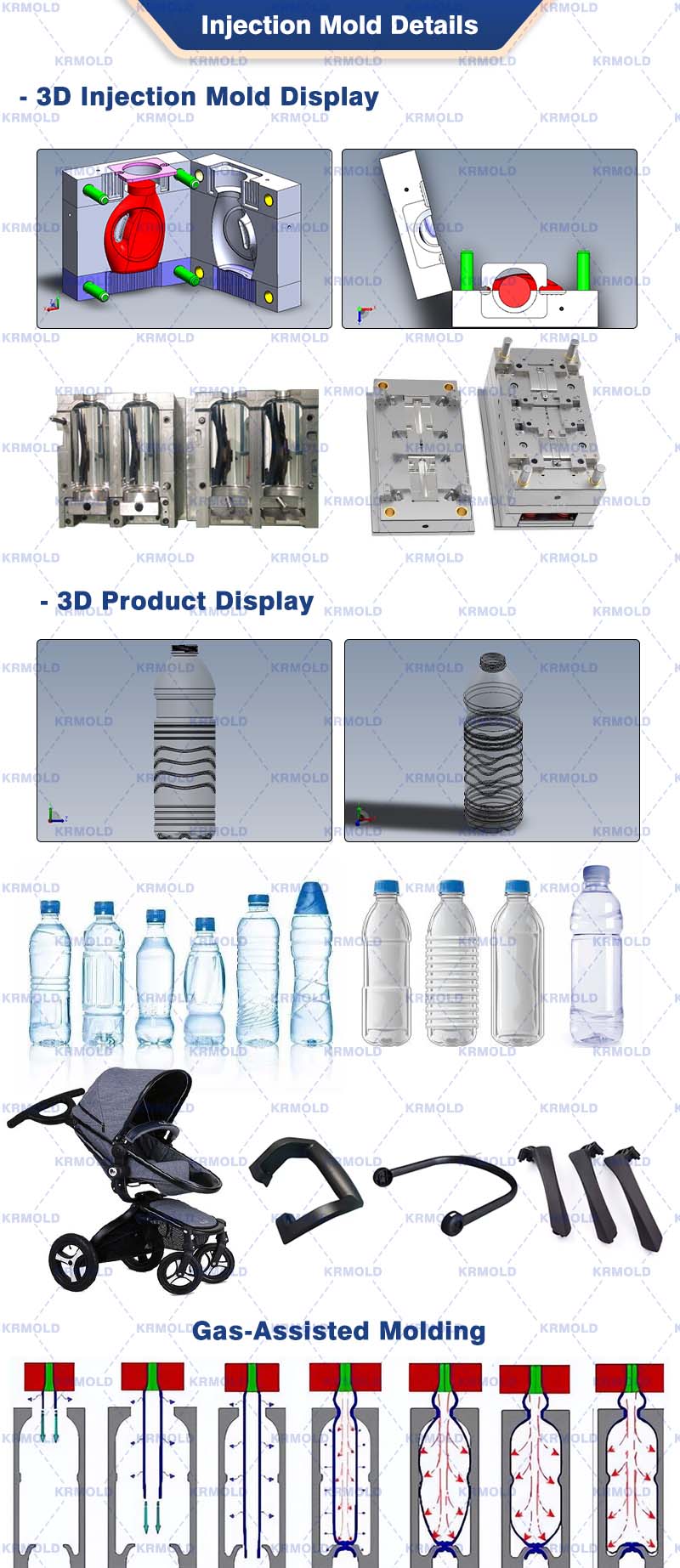 | (1) Comparison of raw material costs (1.1) Traditional injection molding raw material consumption In the production of thin-walled products, traditional injection molding processes often overfill due to large flow resistance, resulting in waste of raw materials. For small thin-walled plastic boxes, 10% - 15% more raw materials may be consumed; complex structural products will consume an additional 5% - 10% of raw materials. (1.2) Principle of raw material saving in Gas-assisted Injection Molding Gas-assist Injection Molding promotes uniform filling of the melt by first injecting an appropriate amount of melt and then injecting high-pressure gas, effectively reducing raw material consumption. For example, traditional injection molding of a plastic chair requires 1.2 kg of raw materials, while Gas-assisted Injection Molding only requires 0.7 kg, saving about 42% of raw materials. (1.3) Example of cost data comparison Take the plastic bumper of an automobile as an example. Traditional injection molding consumes about 8 kg of raw materials, while gas-assisted injection molding reduces it to about 4.5 kg, saving 44%. Traditional injection molding of a household plastic washing machine drum requires 10 kg of raw materials, while gas-assist injection molding only requires 6 kg, saving about 40%. (2) Energy cost comparison (2.1) Energy consumption link of traditional injection molding Traditional injection molding requires high pressure and long time in the injection, holding and cooling stages, resulting in high energy consumption. (2.2) Energy saving mechanism of gas-assisted injection molding Gas-assist injection molding significantly reduces energy consumption by shortening the Gas-assisted Injection Molding cycle and reducing pressure requirements. For example, a plastic chair consumes 2.5-3 kWh of electricity in traditional injection molding, while gas-assist injection molding consumes 1.5-2 kWh of electricity, saving 30%-40%. (3) The relationship between production efficiency and cost (3.1) Limitations of production efficiency of traditional injection molding Traditional injection molding is limited by filling speed and cooling time, which affects production efficiency. (3.2) Improvement of production efficiency by gas-assisted injection molding Gas-assist injection molding improves production efficiency by quickly filling the mold and shortening the Gas-assist Injection Molding cycle. For example, gas-assisted injection molding increases production, reduces fixed cost allocation, and significantly improves product competitiveness. |